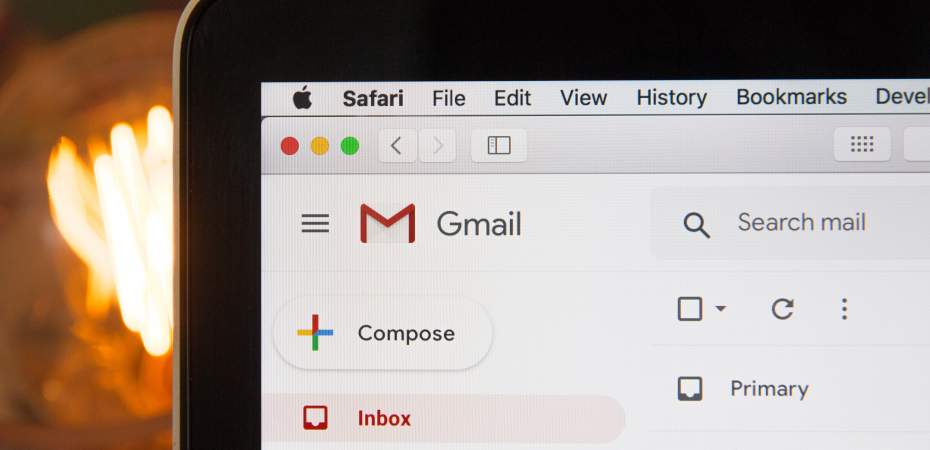July 23, 2020
| Article | by REQ Marketing | Content
Finding the Right Email Marketing Cadence: 3 Quick Tips You Can Use Today
There’s no denying the importance and potential ROI of email marketing. According to a 2019 HubSpot marketing survey, about 93% of B2B marketers use email to distribute content, and 40% say email newsletters are most critical to their content marketing success. Plus, eMarketer reported that email marketing generates a 122% ROI for businesses.
A core element of a successful email marketing strategy is finding and executing the ideal email cadence. Sending too many emails can position your brand as spammy. On the other hand, brands that send only a few emails are quickly forgotten by the customer.
Overall, 35% of marketers state they send their customers three to five emails per week. But is this cadence right for your brand and strategy?
Finding the right email marketing cadence can be the difference between a successful and a lackluster email marketing strategy. Your cadence should meet potential customers wherever they are in the buyer’s journey, provide valuable content, and help them take the next step.
Use these three quick tips to determine what email marketing cadence works best for your strategy.
1. Define your email marketing goals.
Ask yourself, “What am I trying to achieve with email marketing?”
Are you looking to increase sales for your ecommerce store? Trying to drive downloads of your latest white paper? Or, perhaps you’re interested in generating more traffic for your company blog.
Thinking about the intent behind each message and your overall email strategy will help you identify how many emails to send.
For instance, if you’re using email marketing to send subscribers your latest content, one email message per week may drive the best results; however, if email marketing is part of your lead nurturing efforts, two to three emails a week might do the trick.
2. Segment your audience.
A common mistake email marketers make is attempting to target a large group of customers or subscribers within a single email. Doing so only reduces your chances of a conversion or specific action since the email won’t resonate with a particular person at a specific point in the buyer’s journey.
Instead, email marketing best practices recommend you segment your total audience into smaller groups and develop targeted campaigns for each group. By sectioning your recipients into different groups, you’ll be able to determine how many emails to send as well.
Sales teams are the perfect example of this concept in action. They would never send the same email to a new lead and a loyal customer. These two groups have entirely different goals and actions to take. Additionally, each of these audiences requires a different email cadence to accomplish their respective goals.
You can also segment your audience based on their activity. For instance, ecommerce sites send cart abandonment emails, thank you messages, and shipping updates to customers at the time each activity occurs. It’s been proven that emails of this nature result in three to five times more engagement and 10 times more conversions than generic emails.
3. Don’t be afraid to experiment.
Developing a proper email cadence takes time, patience, and a lot of experimentation. With this in mind, take a look at your email marketing metrics and determine what types of cadence tests you can run.
For example, if you notice your audience responding poorly to more than one email a week, you can consider testing out a one-email-per-week schedule. Or, if you see that your audience tends to engage better with messages on a certain day of the week, add another email to your cadence and see what happens.
Don’t be afraid to experiment with your cadence, so long as each test is driven by past results and audience analytics.
Key Performance Indicators to Determine Email Cadence
There are also a few metrics you can track to help determine the proper email cadence. These data points include:
- Open Rates: Do your open rates decline as you send more emails? What days of the week receive the most opens?
- Click-through Rates: Similarly, determine if traffic to your website increases or decreases as you experiment with different email cadences.
- Unsubscribes: As you experiment with your email cadence, keep an eye on the number of people unsubscribing. Your email frequency has a direct impact on that metric.
Finding the Right Email Cadence: Next Steps
Once you’ve put your tips into action and found your ideal email cadence, keep going! Successful email marketing requires constant experimentation, adaptation, and innovation.
If you need help advancing your email marketing strategy, get in touch with us.

